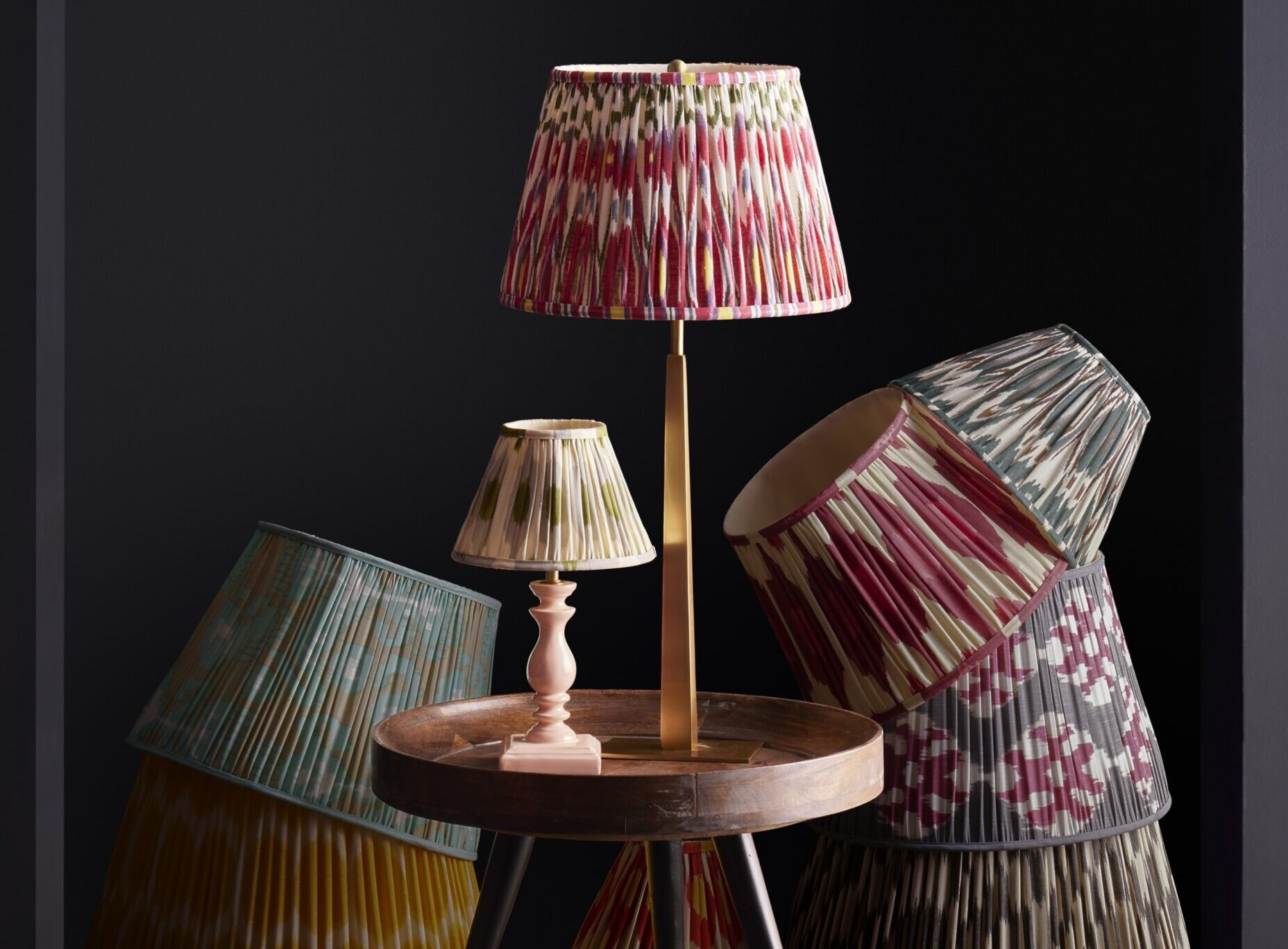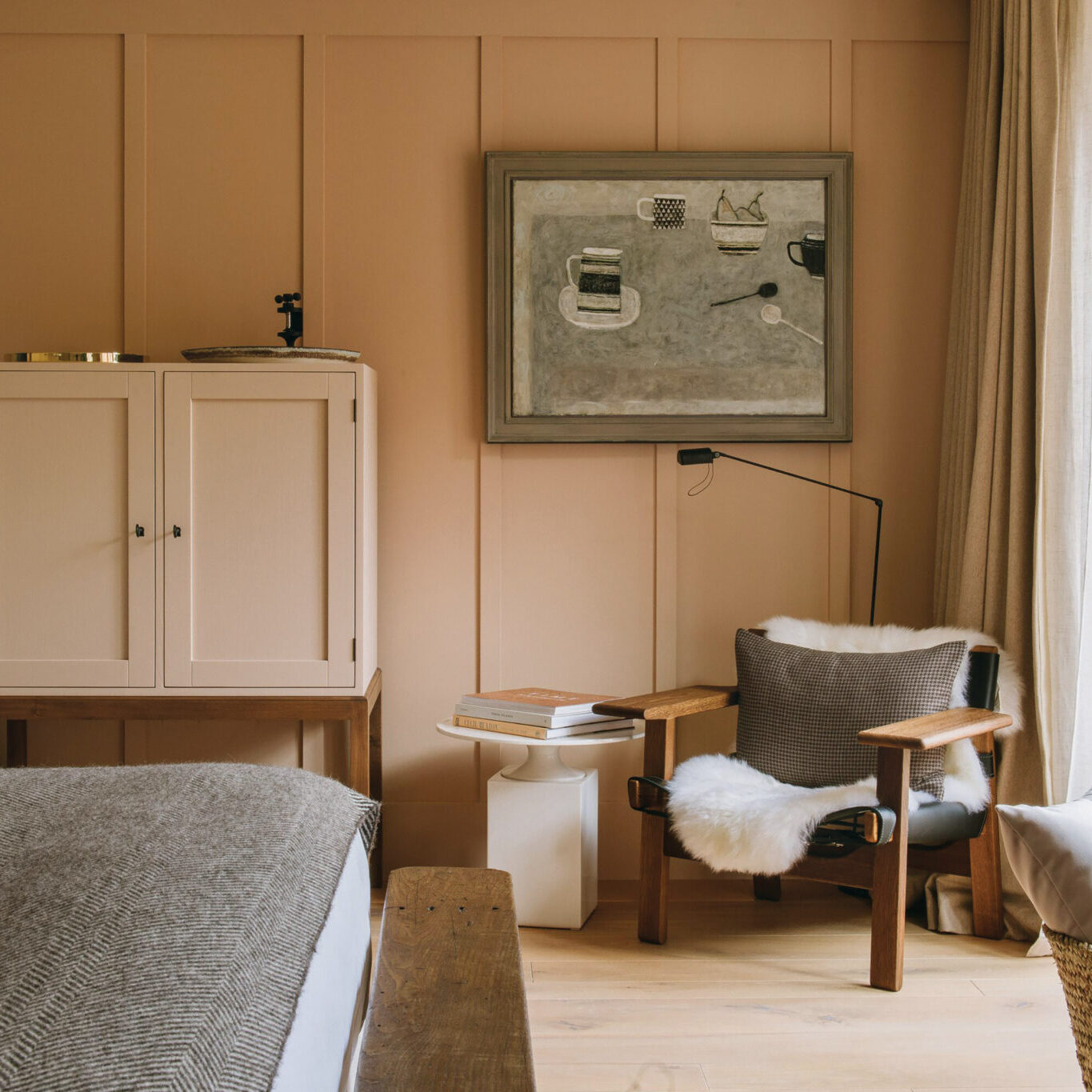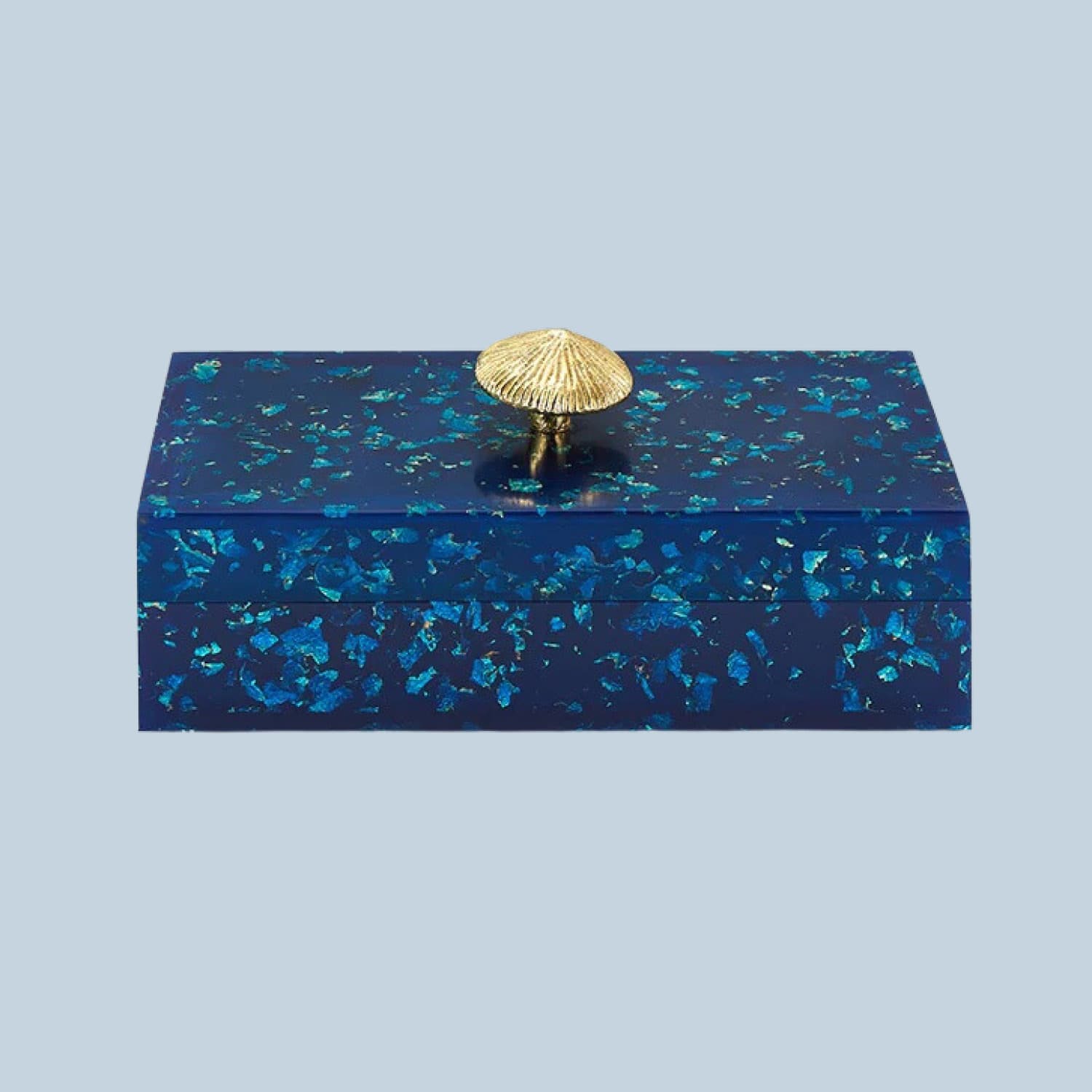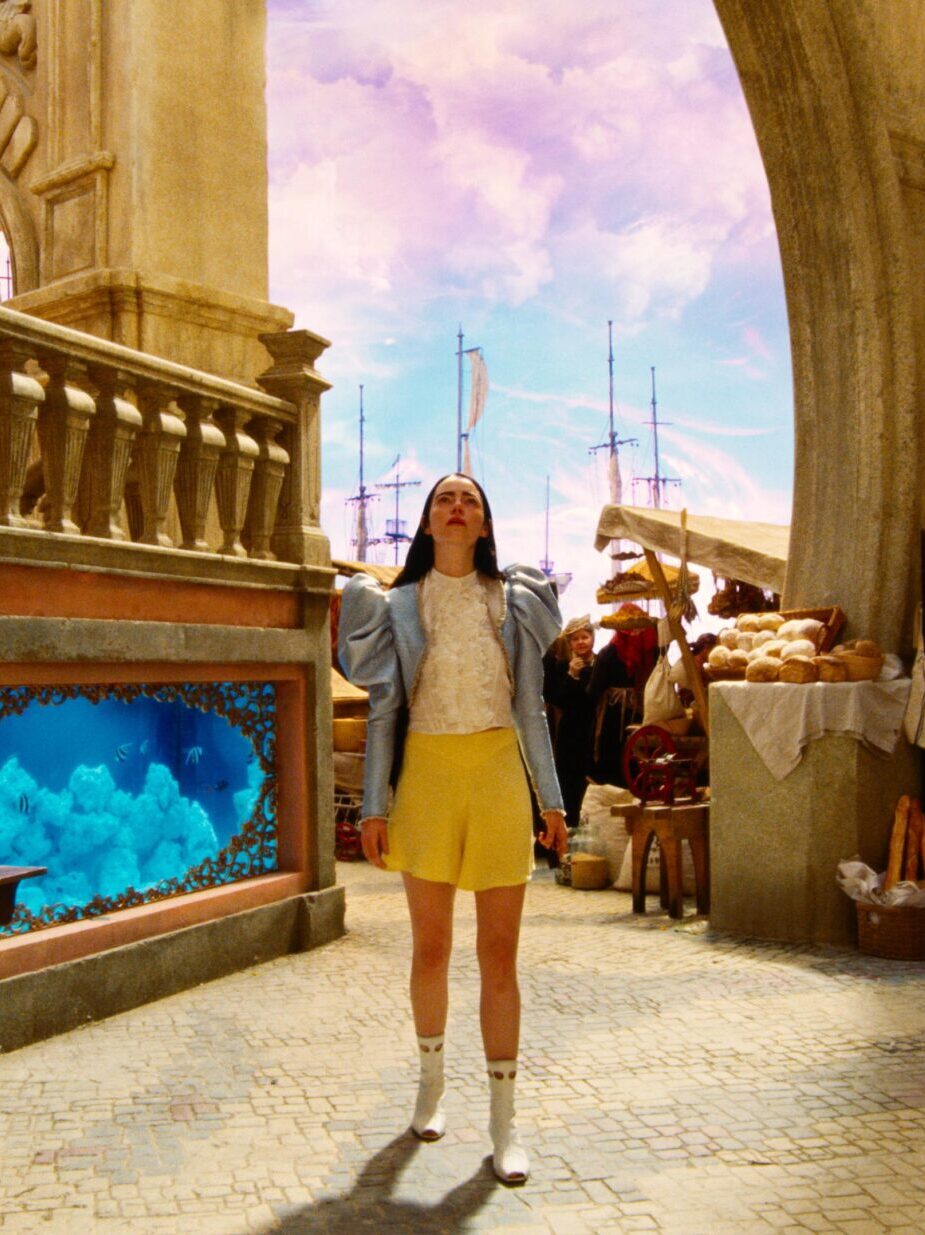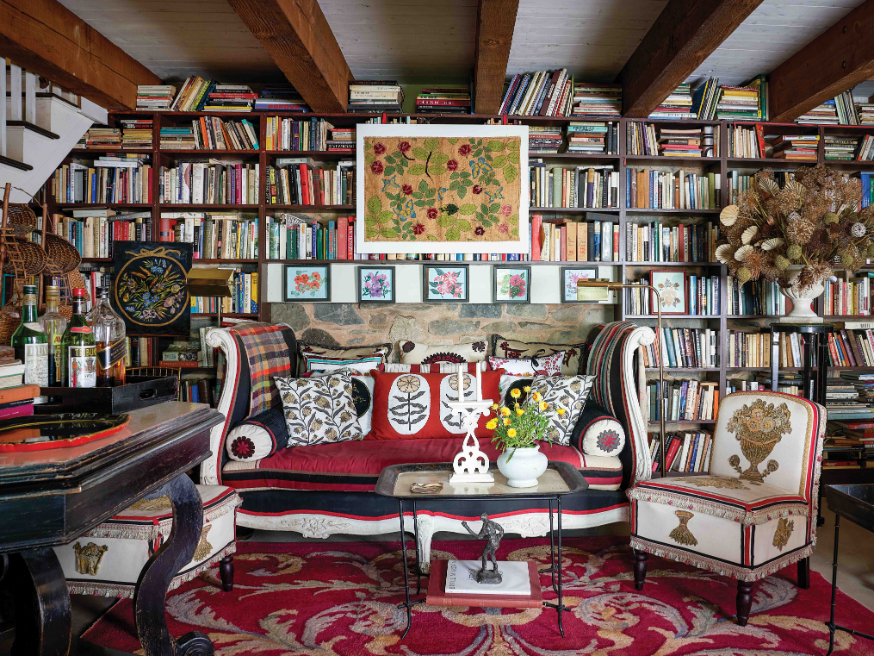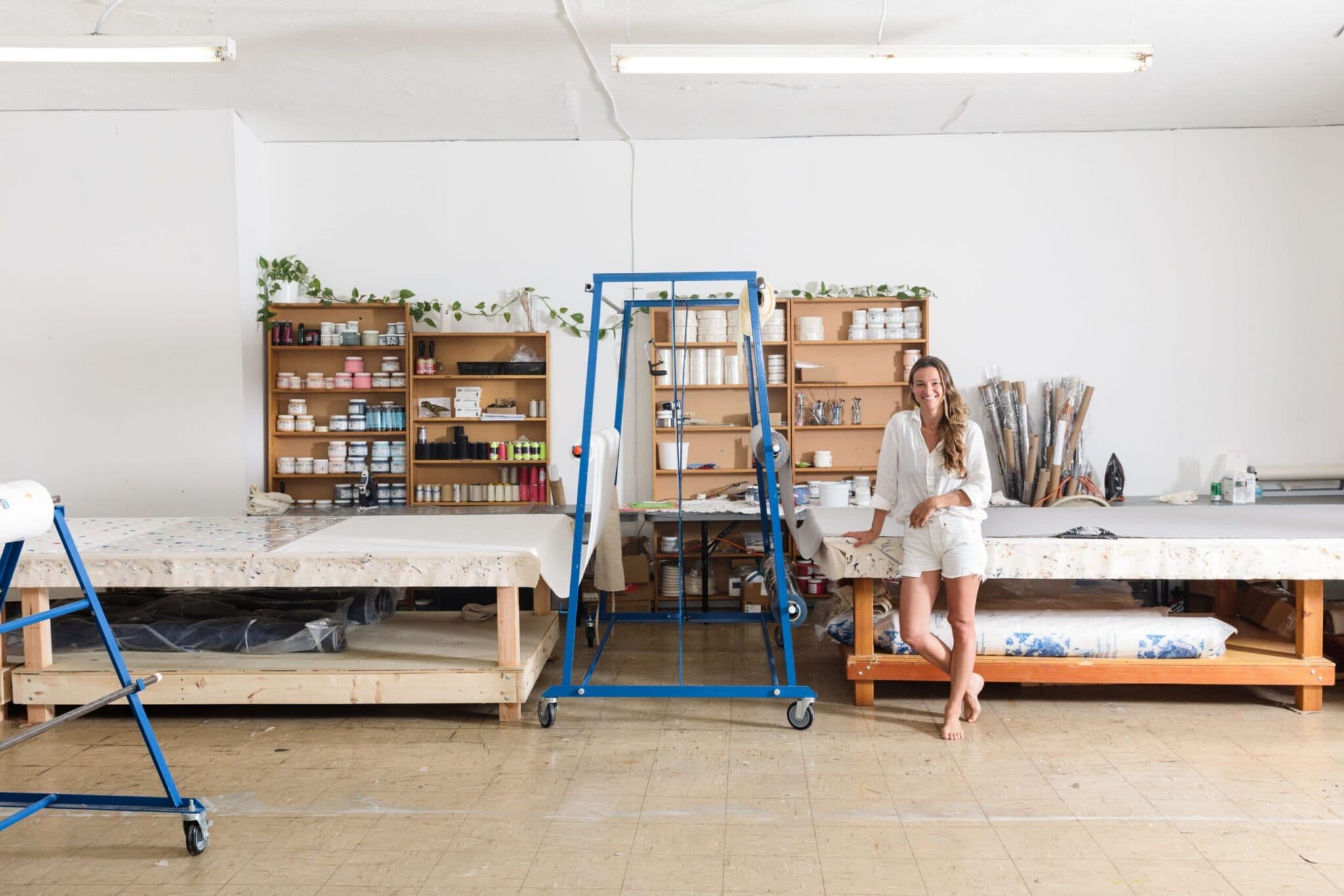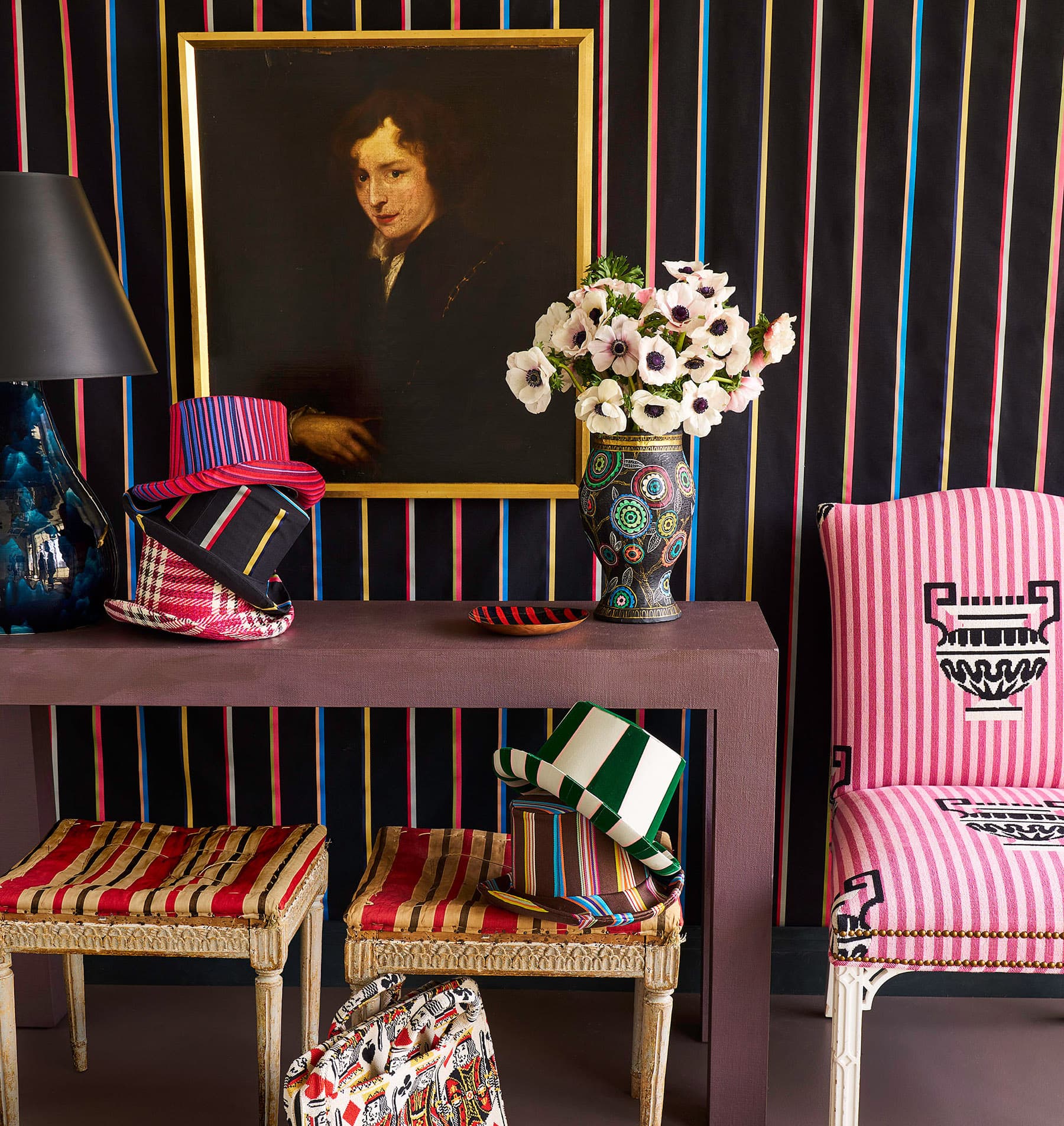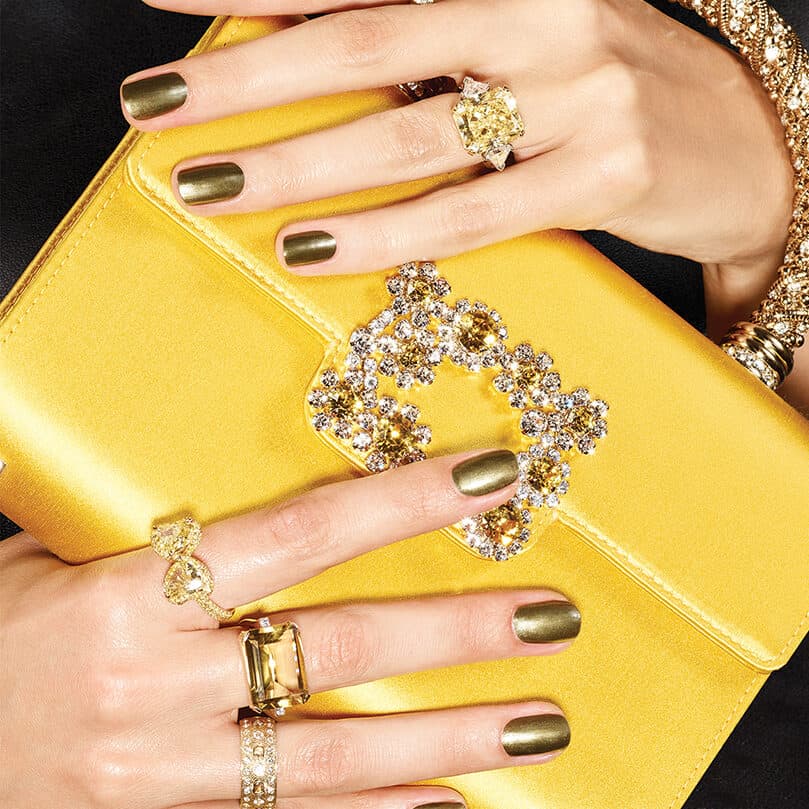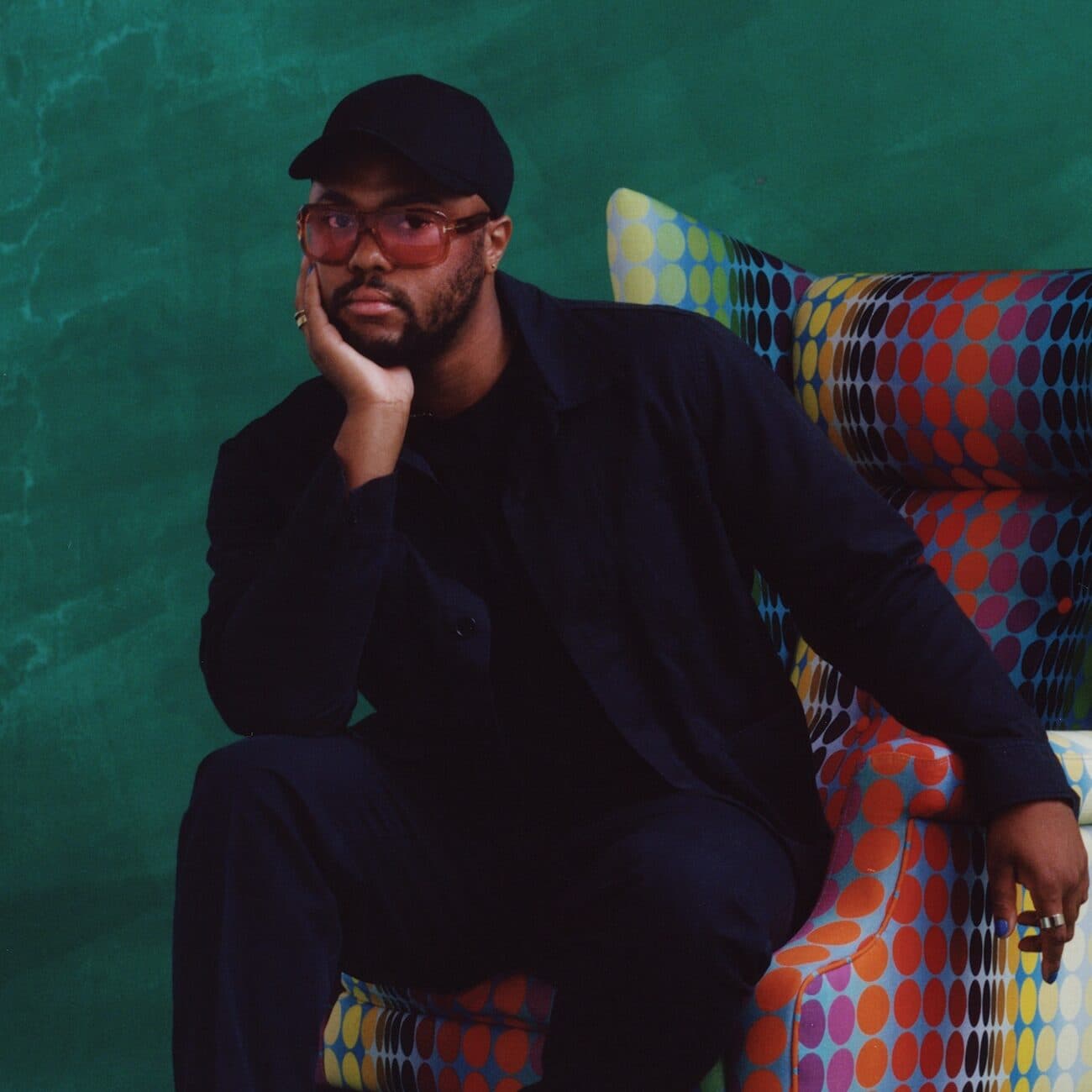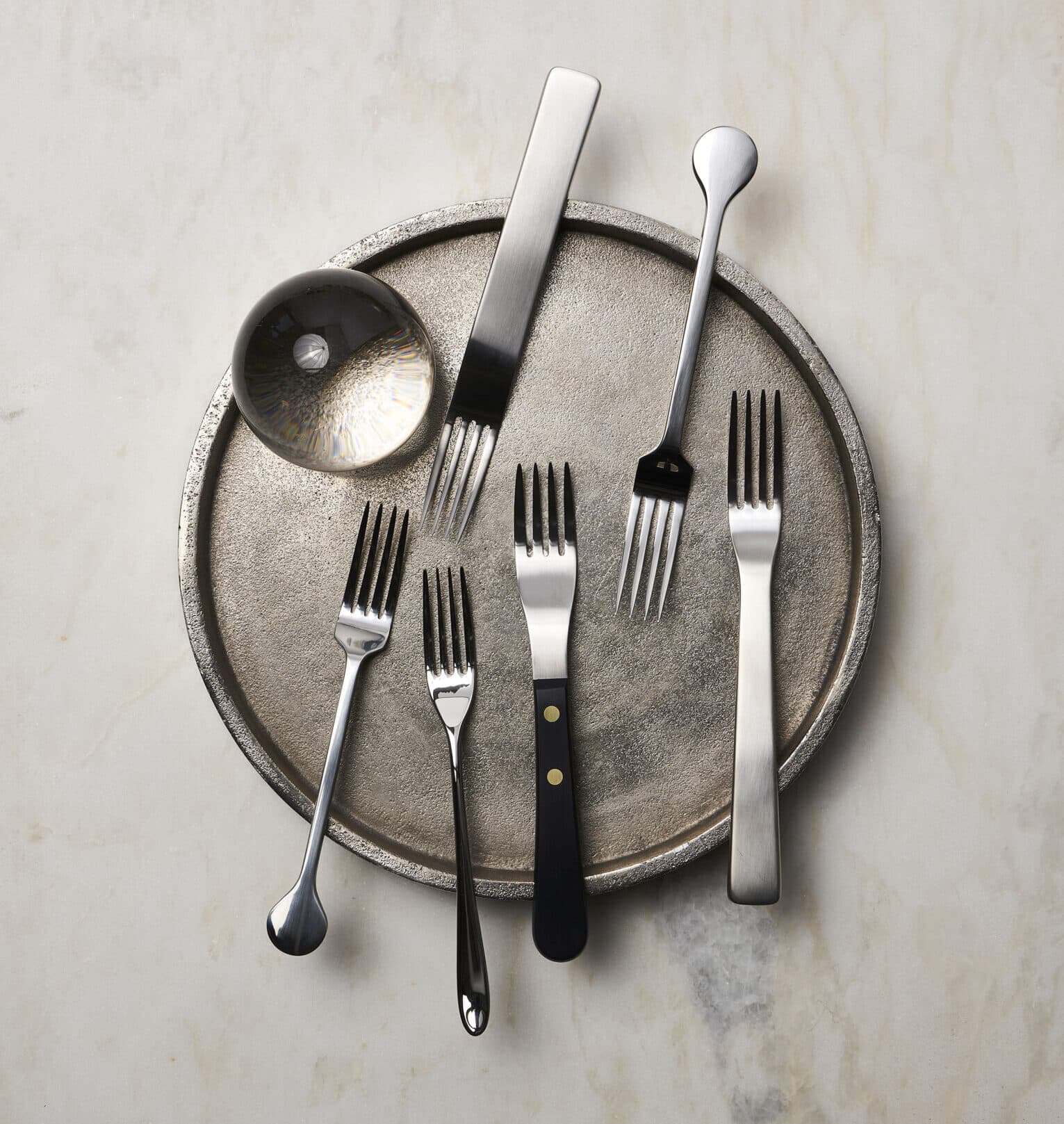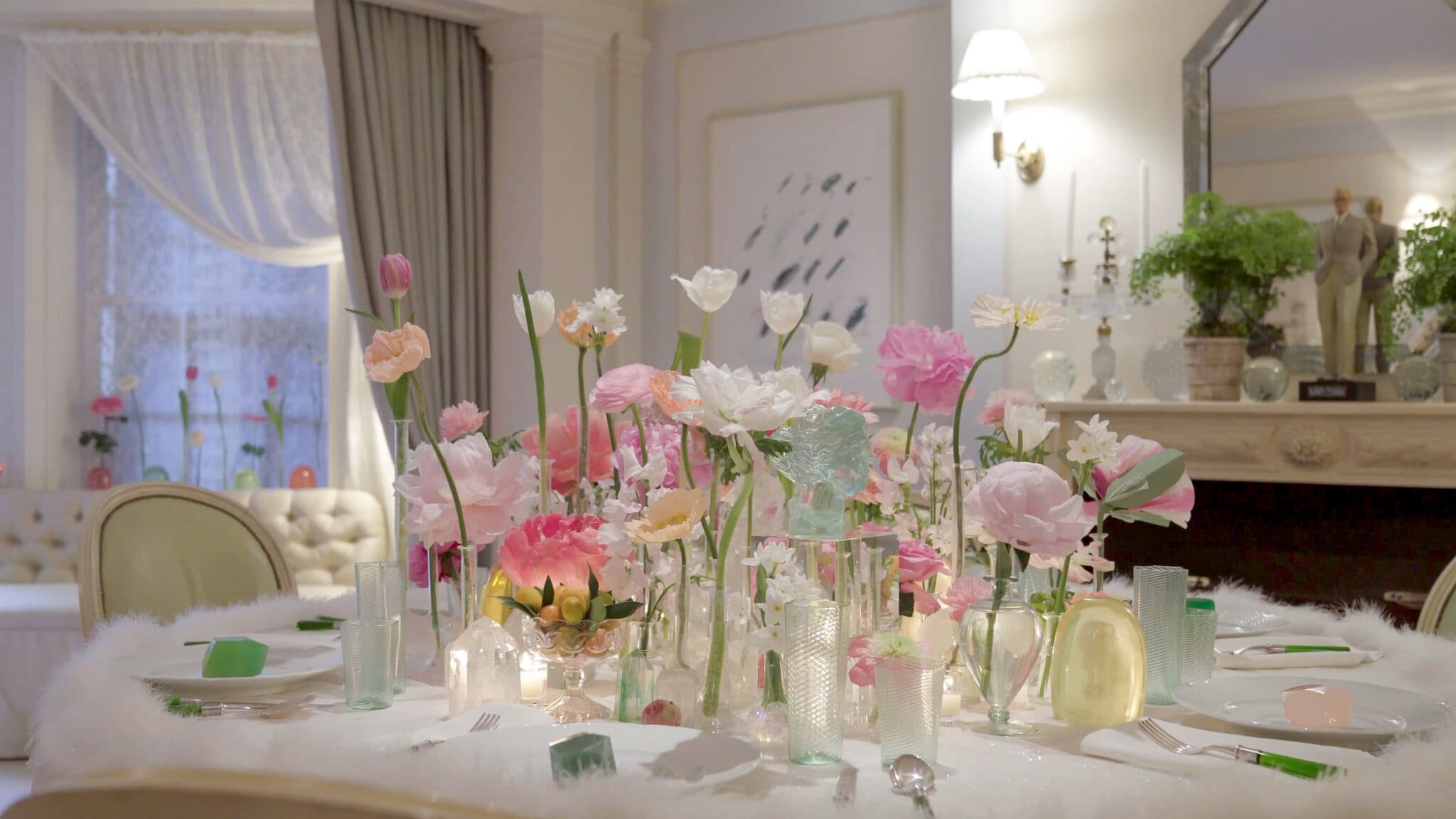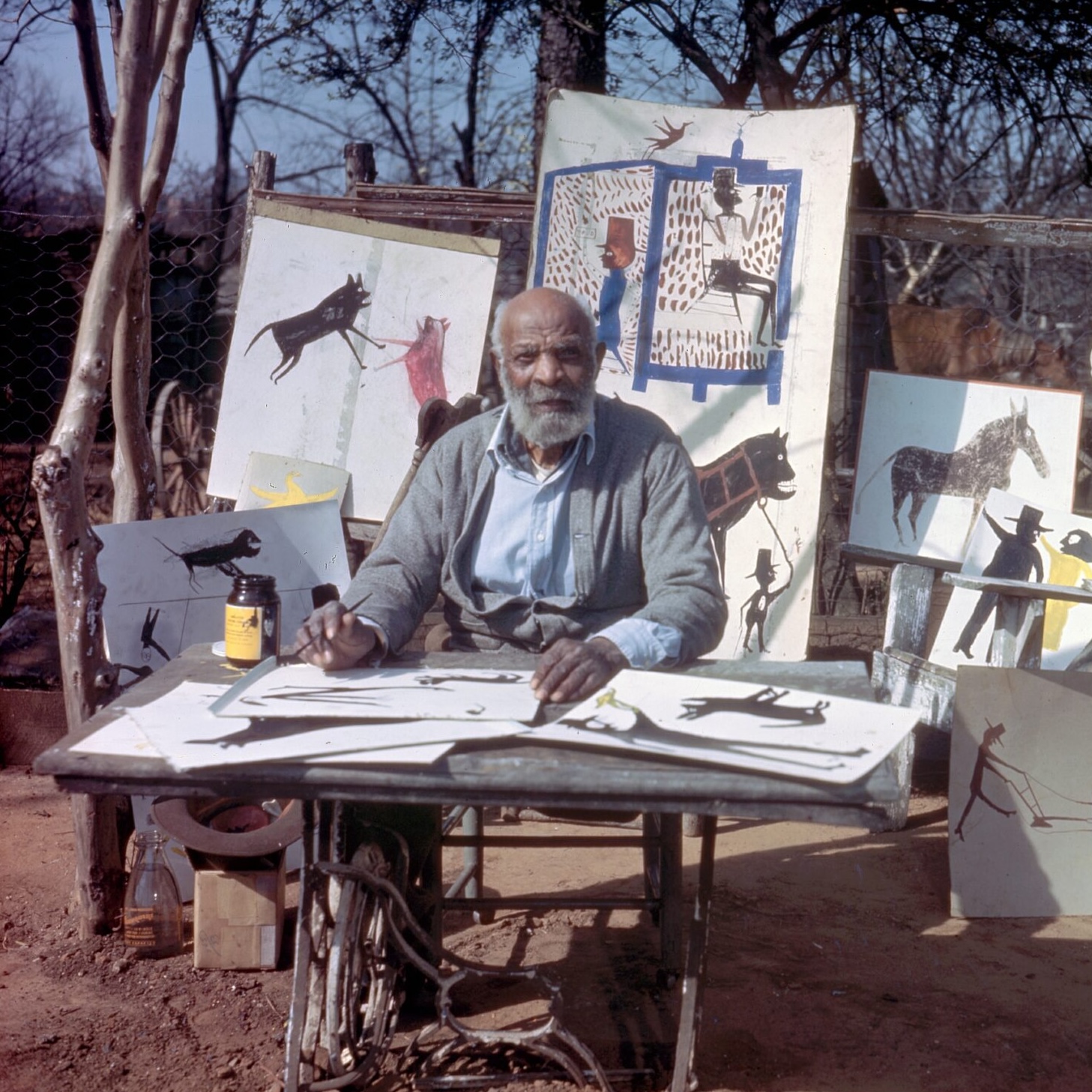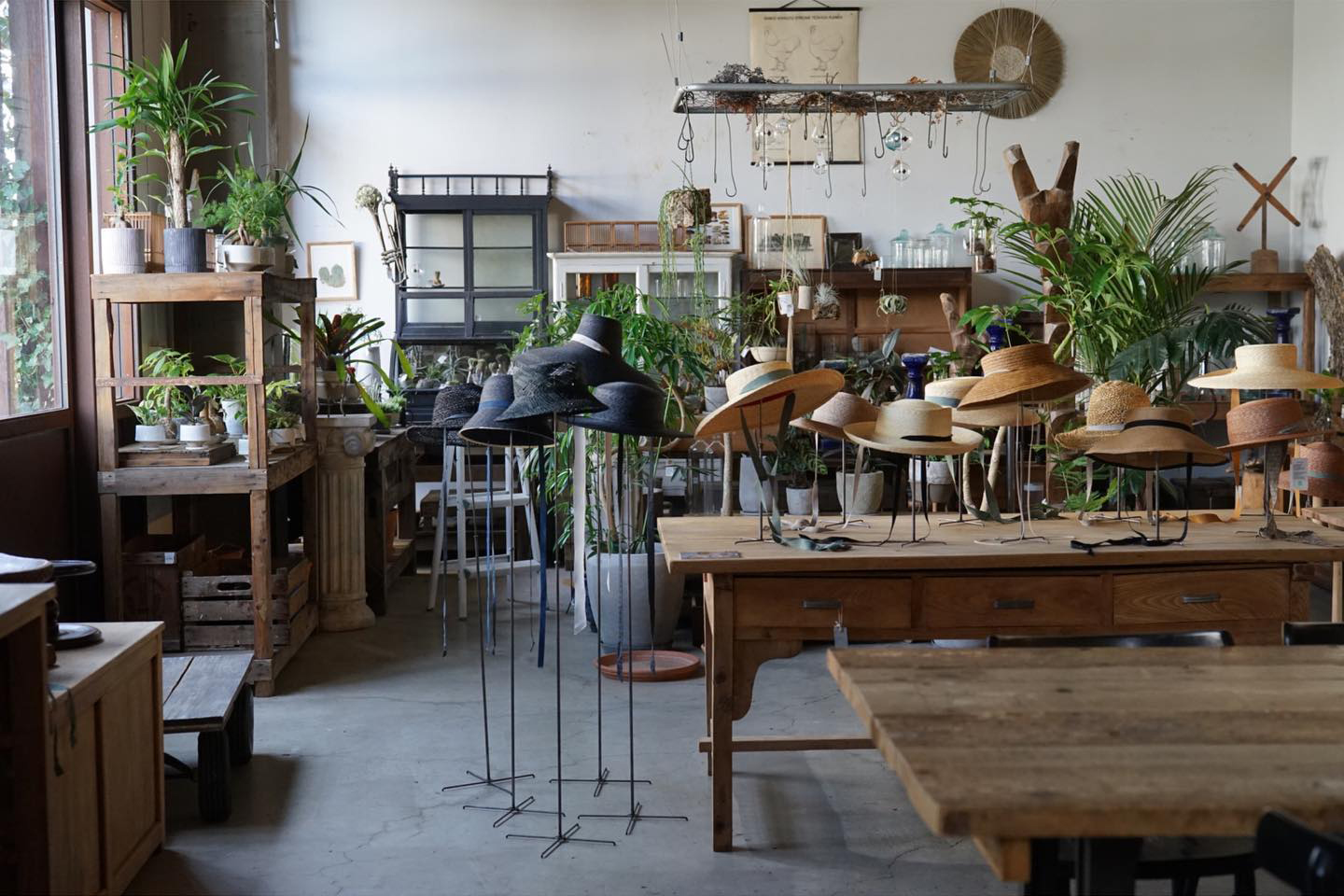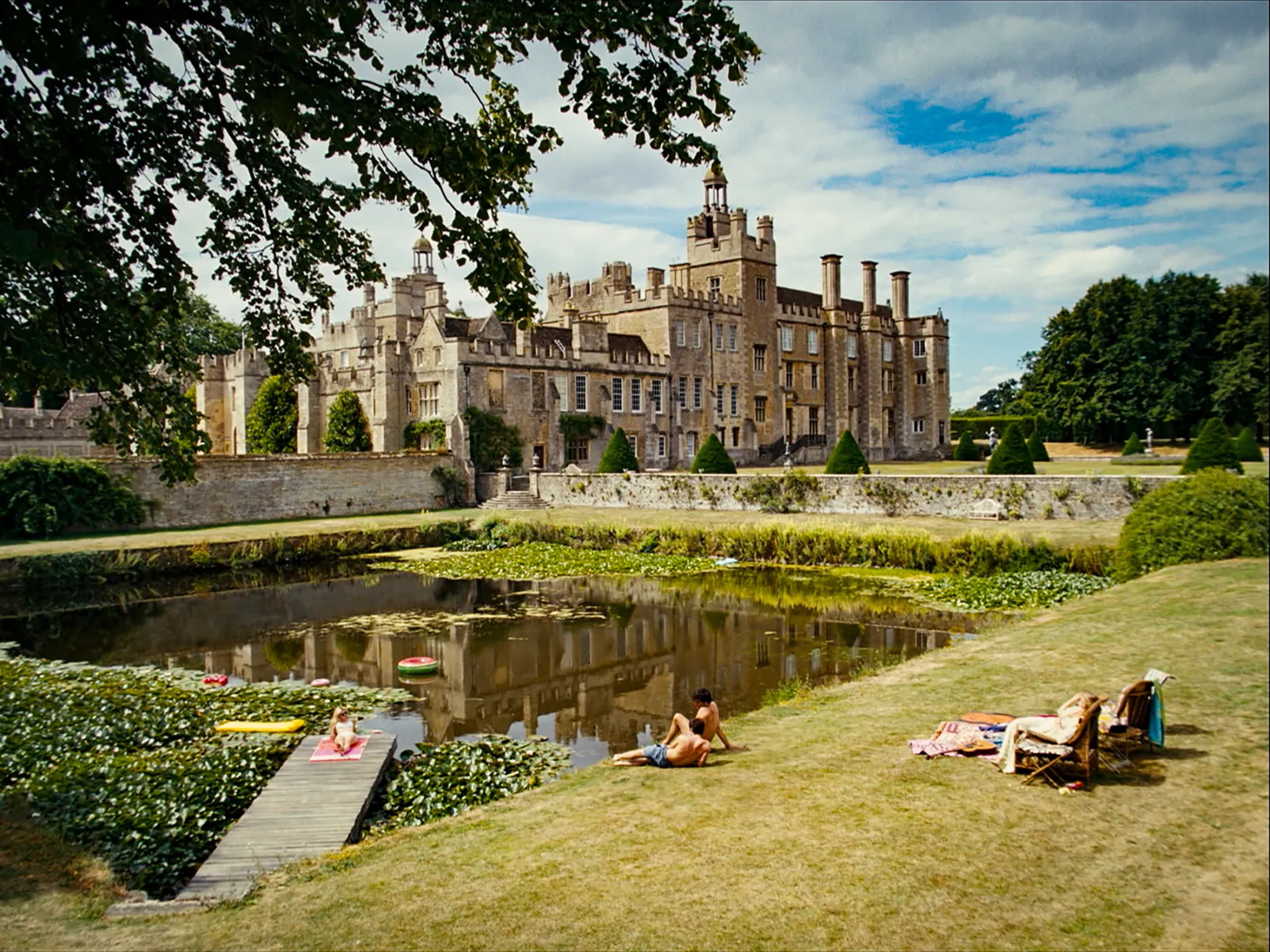In our ongoing series Screening Room, we go behind the scenes with the uber-talented production designers and set decorators of today’s most visually alluring TV shows and movies for a deep dive on how they whipped up such indelible backdrops. This week: Lester Cohen, the design mastermind behind the luxe interiors in The Undoing, HBO’s Upper East Side-based psychological thriller miniseries featuring Nicole Kidman and Hugh Grant.
• • •
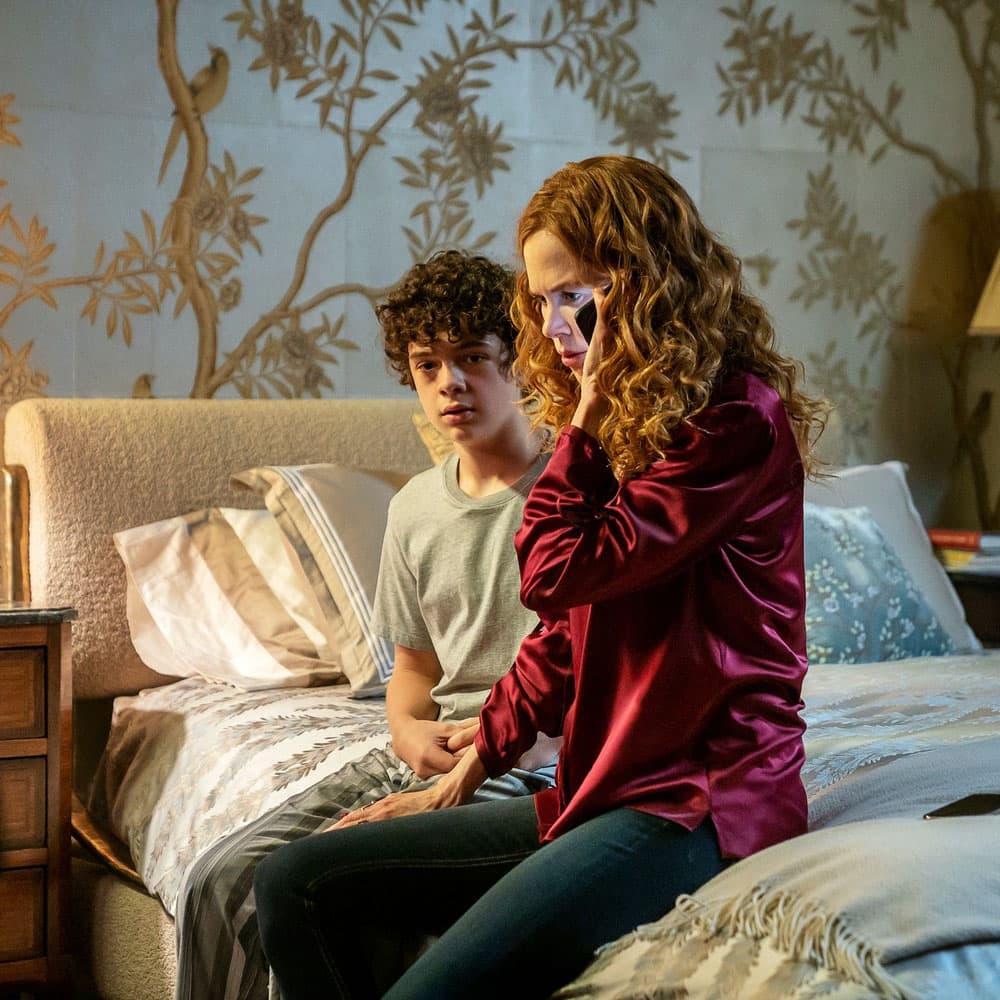
Look closely the next time you see a movie or TV show set among New York’s one percent: The opulent on-screen homes are often far more spacious than their real-life counterparts. Rather than luxury apartments or penthouses, fictitious Manhattanites often live in sprawling, multi-story townhomes. But this flattering upgrade is usually a practical choice rather than a creative one, at least according to Lester Cohen. He was the production designer of the David E. Kelley-written miniseries The Undoing on HBO, co-starring Nicole Kidman and Hugh Grant and set in the world of the wealthiest Manhattanites.
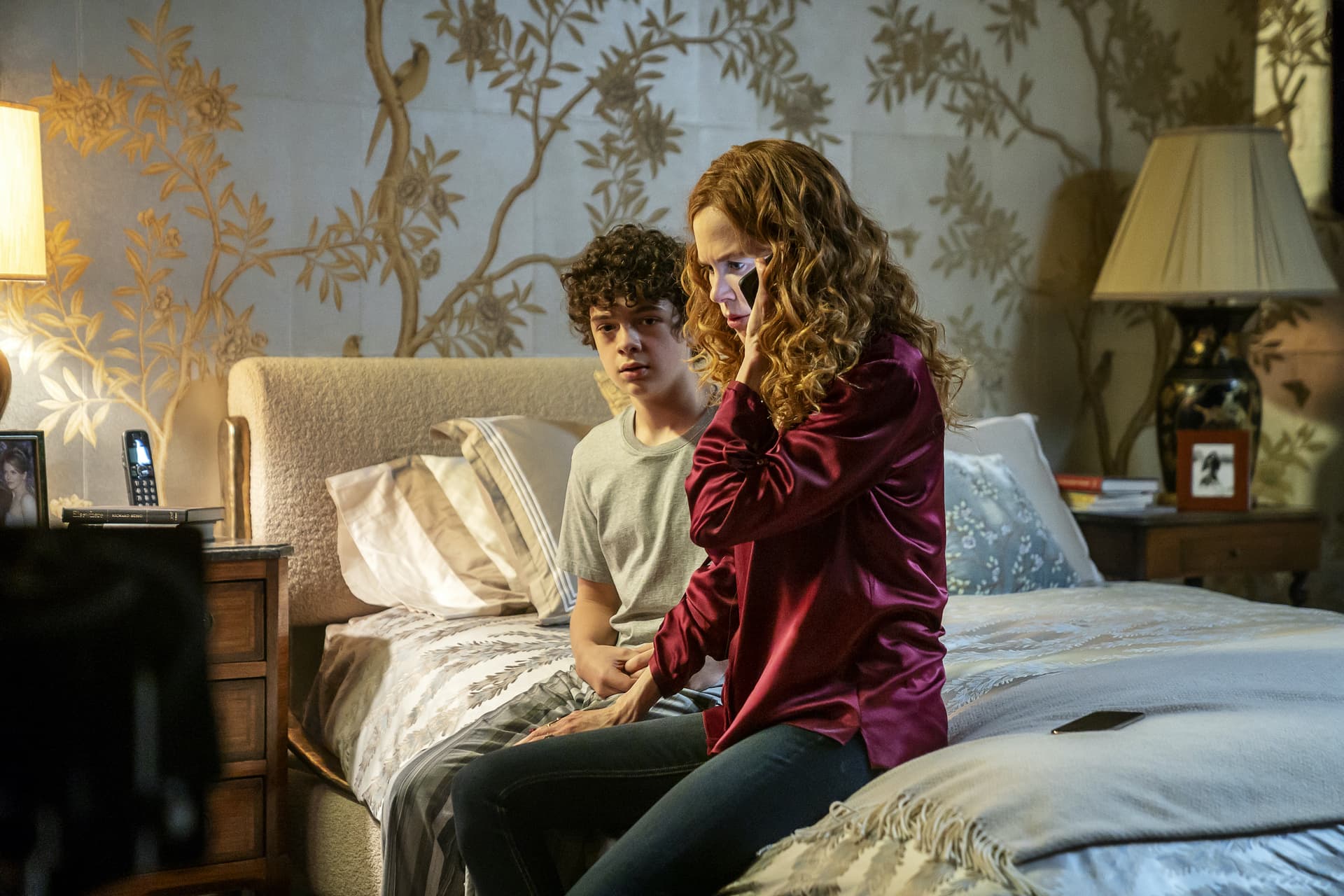
Luminous hand painted wallpaper lines the walls of Grace and Jonathan Fraser’s Upper East Side bedroom.HBO/Warrick Page
“Most co-ops don’t want to deal with the inconvenience of having ninety sweaty film crew in the building,” Cohen explains, “So a lot of times, when you’re trying to depict really wealthy New Yorkers, a townhouse is easier—it’s only theirs, so there’s no one on the board to protest.” Persuading would-be location owners can be challenging—especially when they’re not exactly in need of the few extra dollars lending out their homes might bring—but most have the same reason for signing up, Cohen believes: “Deep down, I think people do it because it’s something to talk about a dinner party, a little dish that breaks the monotony—especially if [the house] is empty.”
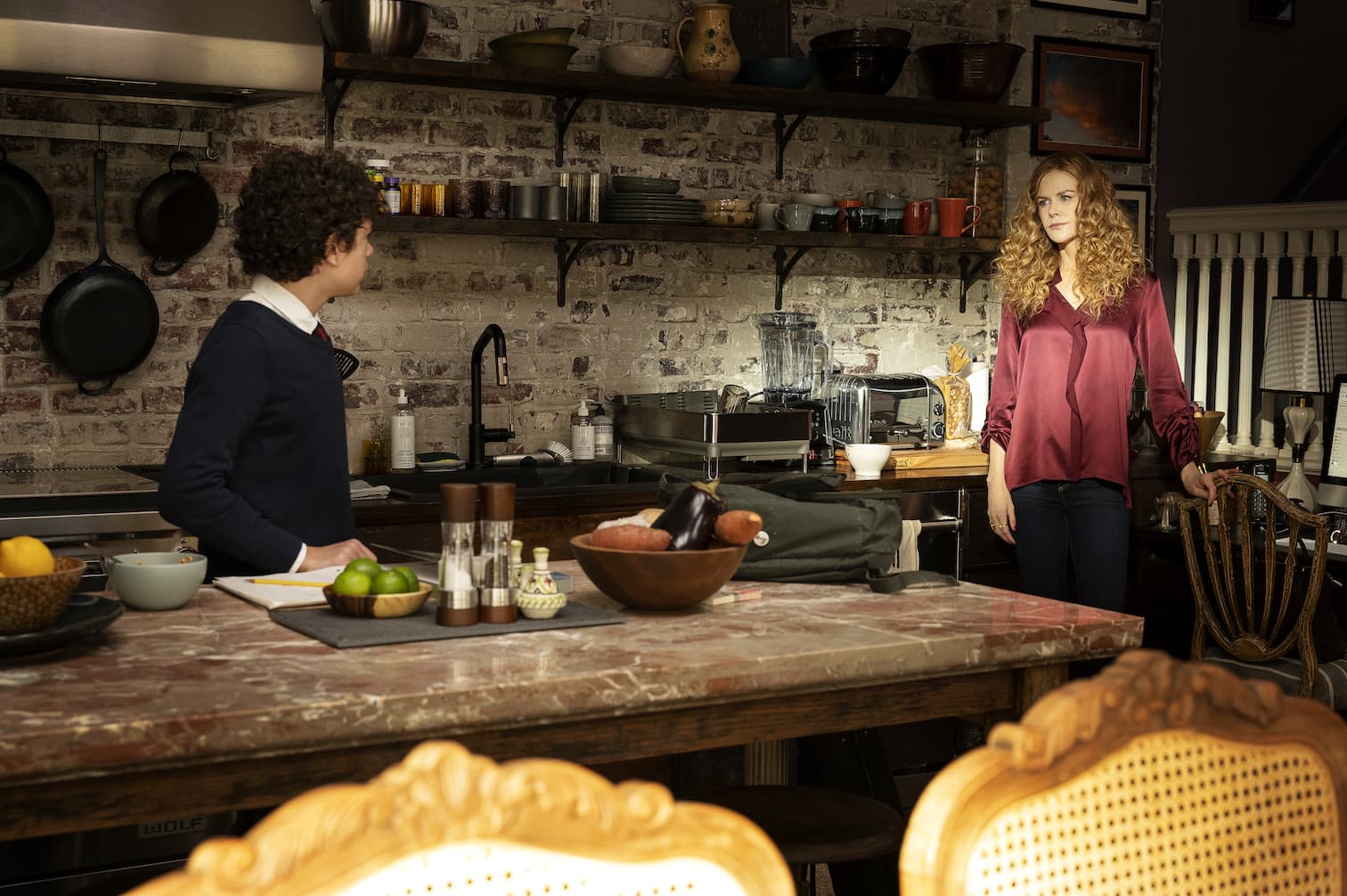
Because kitchens in historic townhomes are often small and dark, Cohen found an inventive solution: He turned the dining room into a second cooking space, complete with functioning appliances.HBO/Niko Tavernise
That was the case for the nine-bedroom brownstone that Cohen and his team transformed for the Fraser family’s home; it’s currently on the market for $30 million. Many pivotal scenes take place in the kitchen between Kidman’s Grace and Grant’s Jonathan, alongside Noah Jupe, who plays their son Henry. Their on-screen kitchen, though, is a fabrication. Kitchens in historic townhomes like this one, dating to 1899, are often poky and dark—after all, it would have been the staff, not the residents, spending time there—which makes it difficult to maneuver cameras. So Cohen found a simple, inventive solution: He turned the dining room into a second, fully working cooking space, complete with functioning appliances. It allowed the director, Susanne Bier, and her cast to improvise, as he explains. “You want to give them the freedom to exist in the space, like if Nicole Kidman turns to Susanne and says ‘I think I should be making eggs in this scene.’”
Other decorative touches were intended as subtle visual cues to the story. The exposed beams in that same room, for instance, were a deliberate addition. “I wanted a misdirect, the sense that this woman has the ideal life, in a place that’s so warm and inviting,” Cohen says, “It’s like being a detective in reverse—you’re laying the clues for the audience to discover these people.”

Hugh Grant’s Jonathan in the living room of the nine-bedroom Upper East Side brownstone Cohen transformed into the Fraser residence.HBO/David Giesbrecht
It was also a deliberate choice that the Fraser family wouldn’t live downtown, perhaps in Tribeca alongside so many other well-to-do parents. There are fewer townhomes in that district, of course, but it wasn’t just a practical choice to locate the family on the stuffier Upper East Side. Rather, says Cohen, the site of their home was a subtle nod to the control that Kidman’s billionaire father Franklin, played by Donald Sutherland, still exerted over the life of his grown-up daughter. His fortune, it suggested, was the foundation of their lives; if he wanted their house to be within walking distance of his own, he could ensure that. “Franklin is always in the background, even if he’s not in the room,” Cohen says.
Note, too, the expensive chair in Henry’s bedroom, an oversized baseball mitt that’s a puckish decorative touch; Hugh Grant’s Jonathan sits on it for a father-son heart to heart. Cohen intended to suggest that only the wealthiest one percenters might splurge on designer furniture for bedrooms of those barely past puberty.
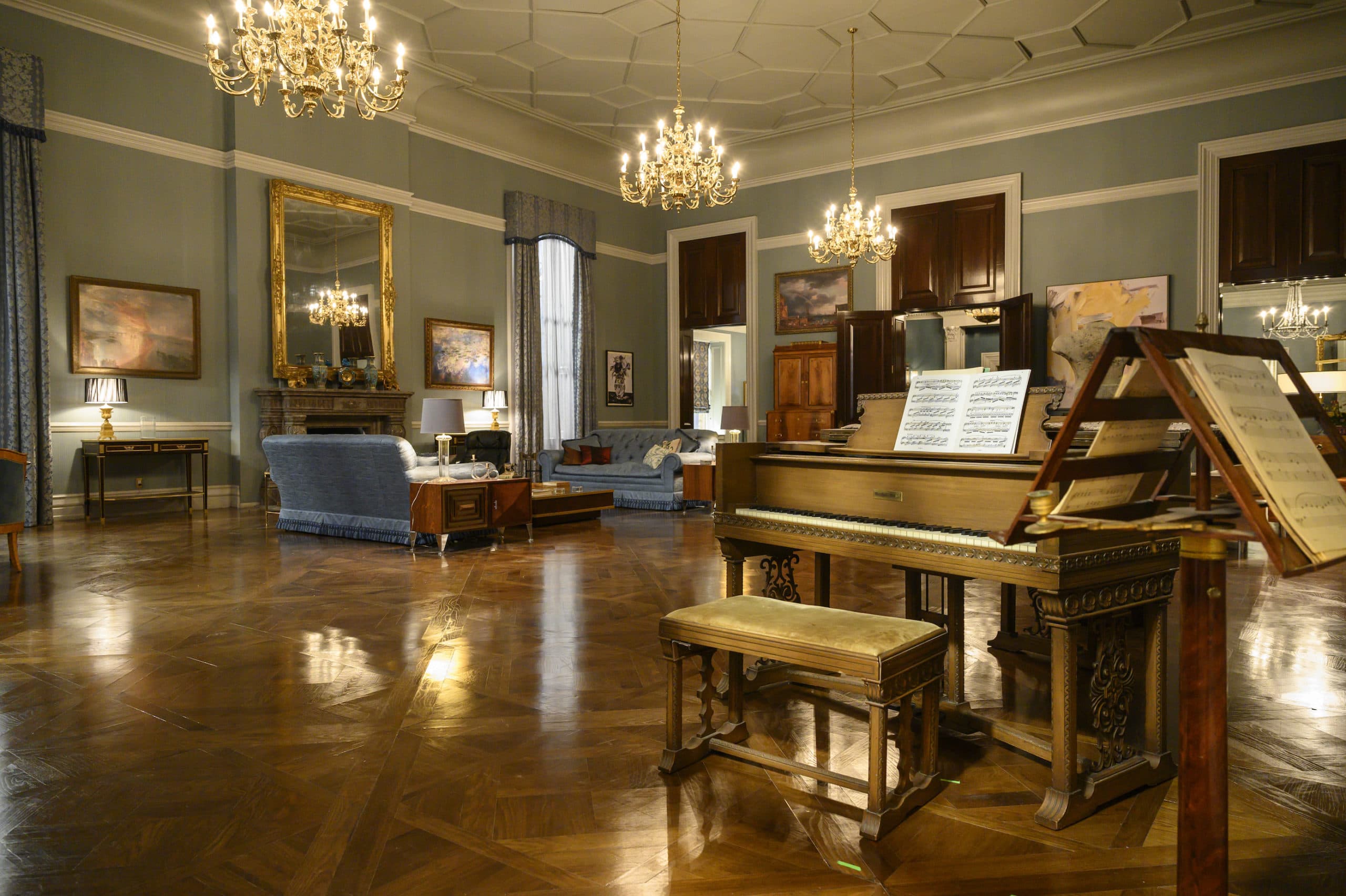
Parts of Franklin’s palatial home were shot on location in Upper Carnegie Hill, on Fifth Avenue facing Central Park, but many of the rooms were built on a soundstage, including the salon, above, with its soaring ceiling.HBO/David Giesbrecht
Certainly, when Cohen was outfitting Franklin’s home, he assumed that Sutherland’s character was among the city’s richest—a billionaire who could outspend Michael Bloomberg. Parts of Franklin’s palatial home were shot on location in Upper Carnegie Hill, on Fifth Avenue facing Central Park. But for several reasons–including avoiding irksome neighbors—many of the rooms were built on a soundstage. That included the hallways, elevator and notably the salon, with its soaring ceiling. “We built that so the room could not be any taller in the studio. It was a big thing that he had a mansion up in the sky, with these windows that look down over everything,” says Cohen. In a city where every square inch is valuable, 20-foot-high walls are an indulgence available only to Franklin and fellow billionaires.
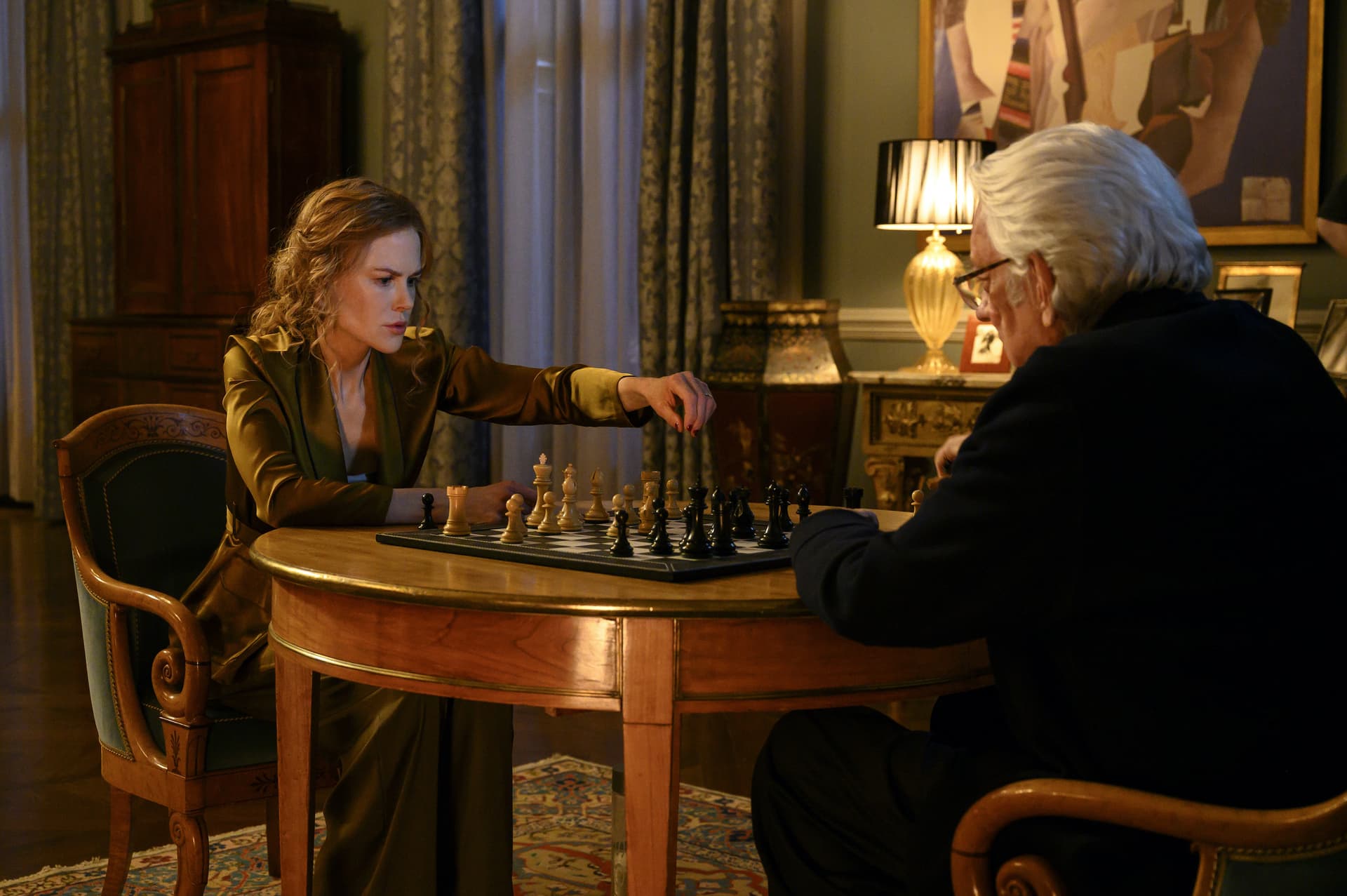
Franklin’s penthouse is lined with high quality replicas of blue-chip artwork: canvases by the likes of Diego Rivera, Willem de Koonig, William Kentridge and even British romantic painter J.M.W. Turner.HBO/David Giesbrecht

